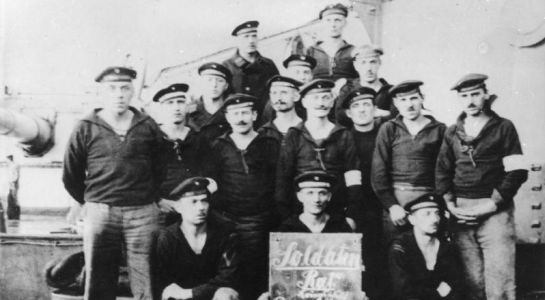 The Defense POW/MIA Accounting Agency (DPAA) announced on Thursday that US Navy Seaman 2nd Class John C. Auld, 23, of Newcastle, England, killed on the USS Oklahoma, during the Japanese attack on Pearl Harbor of 1941 has been identified. He was buried last Friday, with full military honors in Fairview Memorial Park, Albuquerque, New Mexico.
The Defense POW/MIA Accounting Agency (DPAA) announced on Thursday that US Navy Seaman 2nd Class John C. Auld, 23, of Newcastle, England, killed on the USS Oklahoma, during the Japanese attack on Pearl Harbor of 1941 has been identified. He was buried last Friday, with full military honors in Fairview Memorial Park, Albuquerque, New Mexico.
DPAA accounted for his remains on Oct. 15, 2018, but was only recently made aware of Auld’s family receiving their full briefing on his identification, therefore, additional details on his identification were shared.
On Dec. 7, 1941, Auld was assigned to the battleship USS Oklahoma, which was moored at Ford Island, Pearl Harbor, when the ship was attacked by Japanese aircraft. The USS Oklahoma sustained multiple torpedo hits, which caused it to quickly capsize. The attack on the ship resulted in the deaths of 429 crewmen, including Auld. Only 32 crewmembers from the Oklahoma survived.

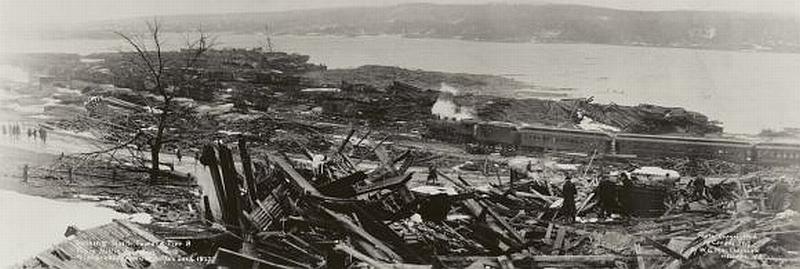 One hundred and seven years ago today, on the morning of December 6, 1917, the French freighter
One hundred and seven years ago today, on the morning of December 6, 1917, the French freighter 
 Yesterday, the World Cruising Club (WCC) released a
Yesterday, the World Cruising Club (WCC) released a  Here is yet another story to remind us how little we understand about orcas, also known as killer whales. We are still scratching our heads over why
Here is yet another story to remind us how little we understand about orcas, also known as killer whales. We are still scratching our heads over why 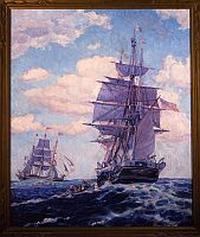 Happy Thanksgiving to those on this side of the pond and below the 49th parallel. (The Canadians celebrated the holiday in October.)
Happy Thanksgiving to those on this side of the pond and below the 49th parallel. (The Canadians celebrated the holiday in October.)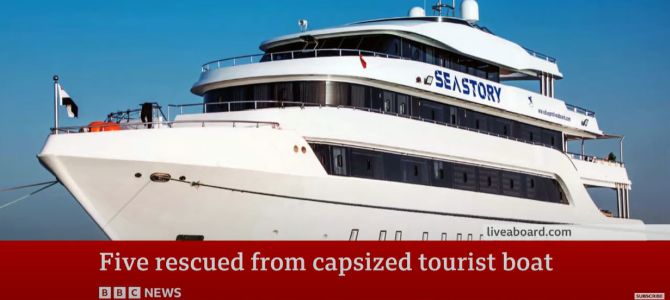 After the Egyptian liveaboard dive boat,
After the Egyptian liveaboard dive boat,  Good news for change. On Sunday, a
Good news for change. On Sunday, a  The
The 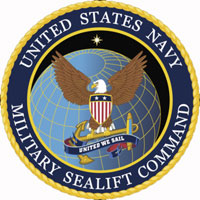 The
The 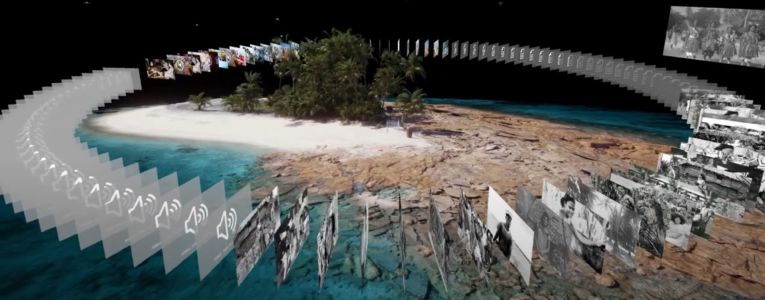 The Pacific island nation of
The Pacific island nation of  We
We 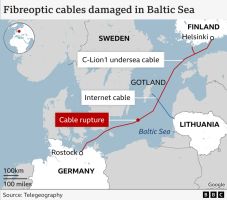 Early Monday morning, a 1,170km (730-mile) telecommunications cable in the Baltic Sea between Finland and Germany was severed, while a 218km internet link between Lithuania and Sweden’s Gotland Island stopped working on Sunday.
Early Monday morning, a 1,170km (730-mile) telecommunications cable in the Baltic Sea between Finland and Germany was severed, while a 218km internet link between Lithuania and Sweden’s Gotland Island stopped working on Sunday.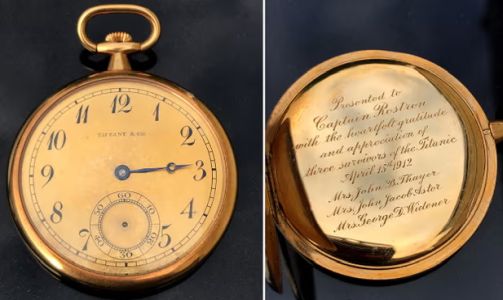 An interesting story from the
An interesting story from the 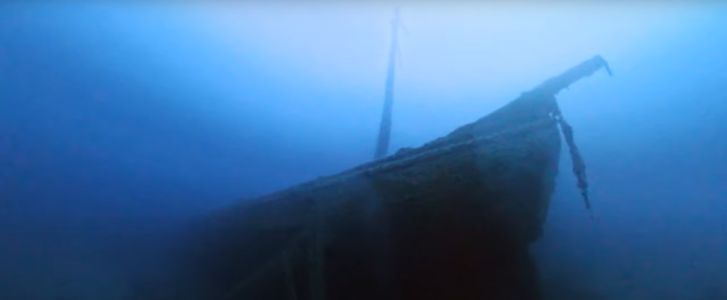 In November 1878, the wooden schooner
In November 1878, the wooden schooner  On the chart, it was marked as a shipwreck in the Pacific Ocean near the Solomon Islands, but when scientists and filmmakers from the
On the chart, it was marked as a shipwreck in the Pacific Ocean near the Solomon Islands, but when scientists and filmmakers from the 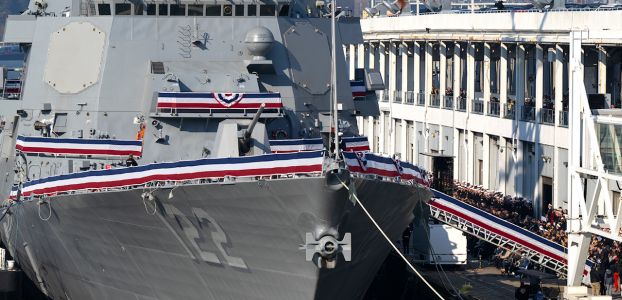 Last Saturday morning at Pier 88 on the Hudson River, the US Navy commissioned its newest destroyer,
Last Saturday morning at Pier 88 on the Hudson River, the US Navy commissioned its newest destroyer, 